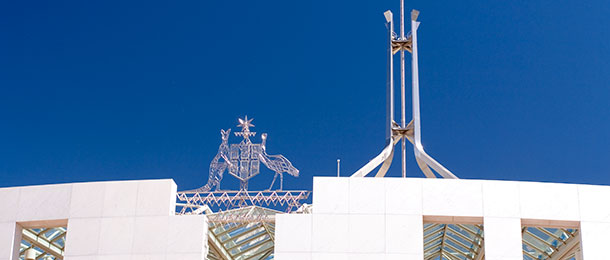Treasury has today revealed further details of its three-year audit cycle measure for well-run SMSFs via a discussion paper released for industry consultation.
The paper reflects feedback and concerns originally expressed when the measure was first announced in the 2018/19 budget to change the annual audit requirement to a three-yearly requirement from 1 July 2019 for SMSFs with a history of good record-keeping and compliance.
The paper will seek views on eligibility criteria, key events that may require more frequent auditing and possible transitional arrangements.
It is proposed eligibility for a three-yearly audit will be based on self-assessment by trustees.
However, if the ATO becomes aware a trustee has incorrectly assessed their eligibility for a three-year audit cycle, has failed to submit an annual return in a timely manner or has failed to procure an audit in a year of a key event, the regulator will notify the trustee that an audit is required and consider further action if necessary.
Depending on the eligibility criteria for the measure, transitional arrangements may assist the SMSF audit industry to adjust to workflow changes associated with funds transitioning to a three-yearly audit cycle, the paper said.
There will be different options for transitional arrangements.
For example, the SMSF sector could be split into thirds, with one-third becoming eligible each year from 1 July 2019 to 1 July 2021.
Another option is to split the SMSF sector on the basis of good record-keeping, with more timely and compliant SMSFs eligible on 1 July 2019, and less timely and compliant SMSFs becoming eligible at a later date or dates.
This would reward timeliness and compliance, but may be harder to administer.
“The government recognises that SMSF trustees appropriately face a number of regulatory requirements in administering their funds. However, the government is committed to reducing red tape for SMSF trustees where suitable,” the paper said.
The consultation questions for industry feedback include how audit costs and fees are expected to change under this new measure, whether an alternative definition of ‘clear audit reports’ should be adopted, an appropriate definition of a timely submission of an annual report, and what is considered a key event for an SMSF that would trigger the need for an audit report in that year.
Further, feedback is being sought on whether arrangements should be put in place to manage transitioning to three-year audits for some SMSFs and any issues that should be considered in policy development.
The industry has until 31 August to submit responses.
The Self-managed Independent Superannuation Funds Association (SISFA) has welcomed the paper and the eight-week-long consultation period.
“We understand and appreciate that this is a deliberately long time frame in order to ensure the final design of the measure has significant industry input,” SISFA managing director Michael Lorimer said.
“Treasury will also be arranging further roundtables with key stakeholders to take place throughout the consultation period, in which SISFA will be participating.
“Critically, the object of the measure has been clarified and emphasised as incentivising good record-keeping and compliance by SMSFs whilst retaining an optimal level of system integrity and oversight. This stated object is broadly consistent with SISFA’s position on the policy.”
SISFA has already formed an SMSF auditor working group, which is well advanced in its preparation of a submission in response to the policy announcement and this discussion paper.




